Iceland volcano: Where is it and when will it erupt?
- Published
- comments
Iceland volcano: Where is it and when will it erupt?
An eruption could happen within "days" say scientists monitoring a volcano in Iceland.
The Fagradalsfjall volcano erupted for the first time in over 6,000 years in 2021, and is thought to have been causing a series of earthquakes since October of this year.
The discovery of an underground river of magma has led to the evacuation of 4,000 people from the nearby village of Grindavik and Iceland has declared a state of emergency.
Residents were allowed back to their homes to collect belongings but people have been told to leave once more, with the likelihood of eruptions "remaining high" according to the Icelandic Meteorological office.
But how much of a risk does the volcano pose? And why do scientists think it is going to erupt?
Read on to find out.
Where is the volcano in Iceland?
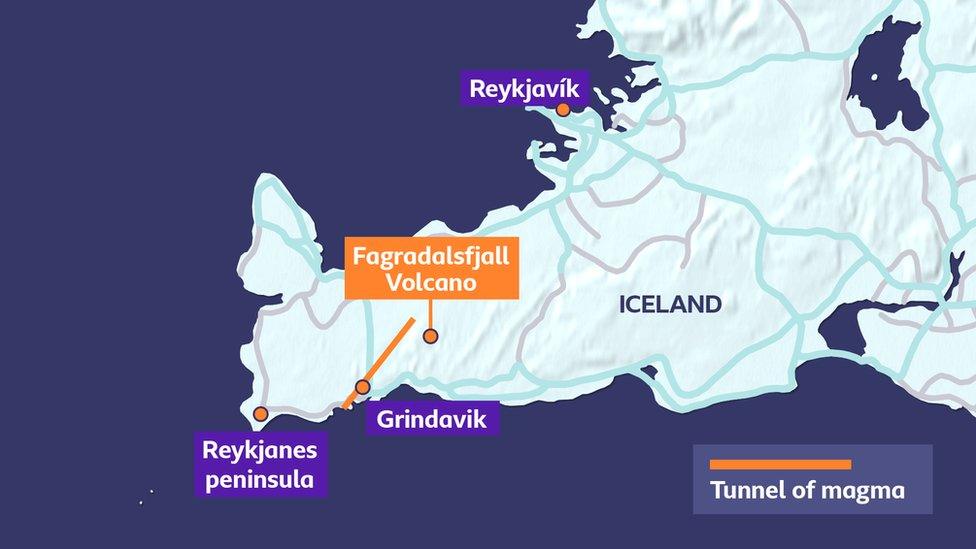
The volcano is situated on the Reykjanes peninsula, around 20 miles (32 kilometres) away from the capital city of Iceland - Reykjavík.
Reykjanes peninsula is located in the south-west of Iceland, nearly 900 miles (1,448 kilometres) from the United Kingdom's mainland and around 650 miles (1,046 kilometres) from the Outer Hebrides - the closest location to Iceland in the UK.

Take a look at the Mount Fagradalsfjall volcano erupting in Iceland in July 2023
Why is the Iceland volcano causing earthquakes?
Most earthquakes are caused by movements in the Earth's crust, as the plates that cover the Earth shift, causing tremors on the surface.
But sometimes earthquakes are caused by the movement of very hot, molten rock underground.
Molten rock is rock that is so hot it has melted so it moves like a liquid, and is called magma.
On Saturday scientists revealed that a tunnel of magma 9-miles (14.5 kilometres) long was connected to the volcano and flowing beneath the Reykjanes peninsula.
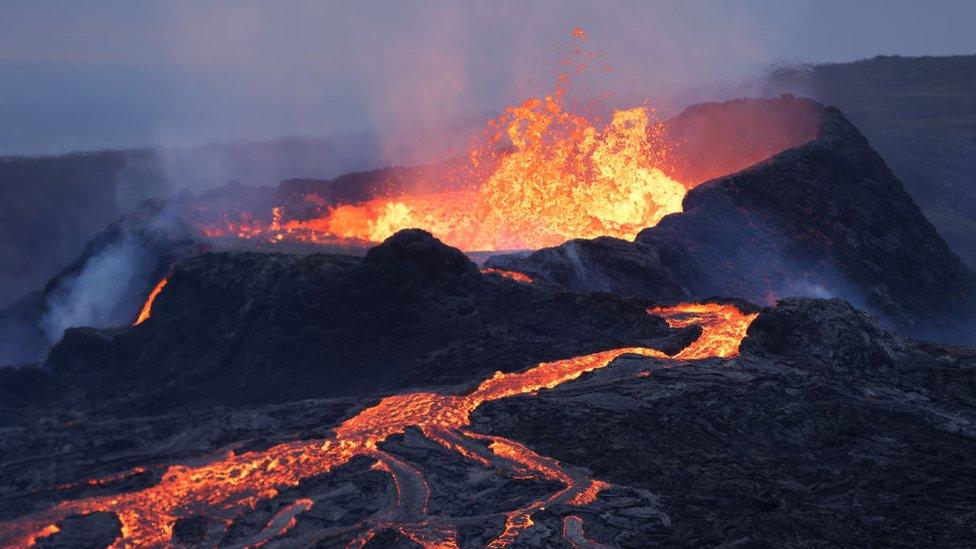
The Fagradalsfjall volcano erupted for the first time in more than 6,000 years back in 2021
How do we know that the Iceland volcano will erupt?
Scientists have been monitoring activity near the volcano for a long time.
They have noticed a big increase in the number of tremors and earthquakes in the Reykjanes peninsula since October.
In the last 48 hours the Icelandic Meteorological Office (IMO) has noted more than 1,700 earthquakes in the area.
While the earthquakes are now becoming weaker, the threat of an eruption from the Fagradalsfjall volcano is still there.
The IMO said that there is a "significant likelihood of a volcanic eruption in the coming days".
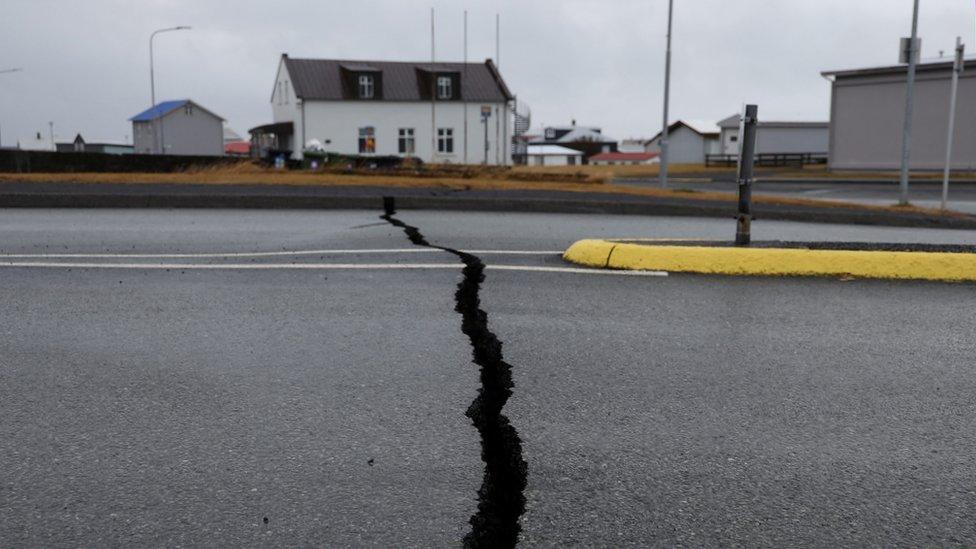
Cracks emerge on a road due to volcanic activity near a police station, in Grindavik, Iceland
How dangerous is the Iceland volcano?
The volcano is not likely to have much of an impact outside of the Reykjanes peninsula.
Grindavik, a village of 4,000 people located nearly 2 miles from where the earthquake activity has been recorded, has now been evacuated ahead of the volcano's eruption to keep people safe.
Dr Bill McGuire, professor emeritus of Geophysical & Climate Hazards, UCL, said: "Grindavik is very close to the position of the new fracture, and its survival is far from assured."
But scientists believe this eruption will not be as damaging or as dangerous as the 2010 eruption of the Eyjafjallajokull volcano.
"The Eyjafjallajokull eruption of 2010 was quite different as it was associated with a shield volcano topped by a glacier. It was the interaction of the magma with ice and melt water that made that eruption so explosive and dangerous for aviation. This is not the case for Fagradalsfjall", said Dr Michele Paulatto, volcanologist at Imperial College London.
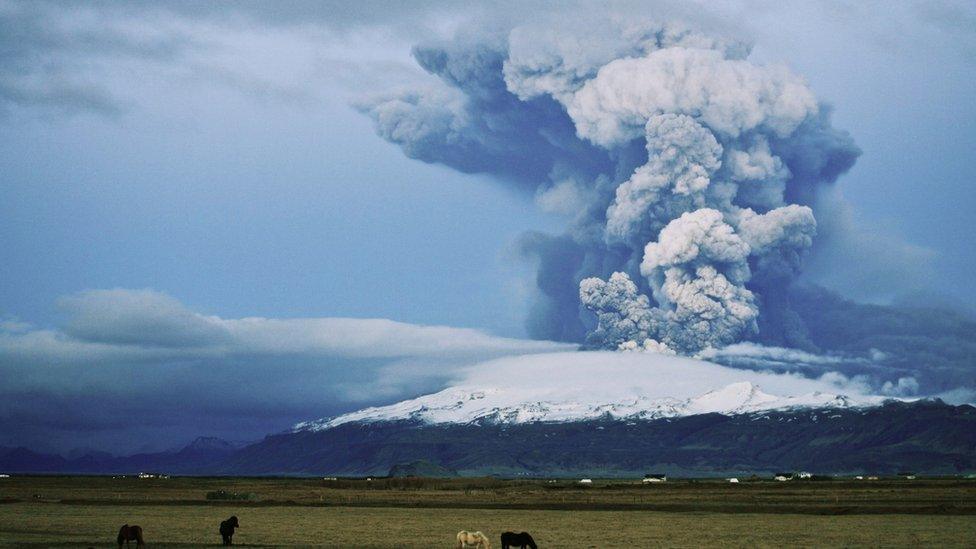
In April 2010, Iceland's Eyjafjallajokull volcano erupted causing massive disruption to air travel in Europe
How many volcanoes are there in Iceland?
According to the UK's Met Office, Iceland has 30 volcanic systems in total.
Iceland is very used to volcanic activity, as it is located on a mostly underwater mountain range that stretches along the Atlantic Ocean's floor.
This mountain range is called the Mid-Atlantic Ridge and was first discovered in the 1950s.
Why are there so many earthquakes in Iceland? (from March 2021)
It has formed between several of the Earth's plates.
While most of the Mid-Atlantic Ridge is underwater, it does form land as volcanic islands across the Atlantic Ocean, including Iceland.
According to United Nations Educational, Scientific and Cultural Organization, the Mid-Atlantic Ridge grows around 2.5 centimetres a year.
- Published11 July 2023
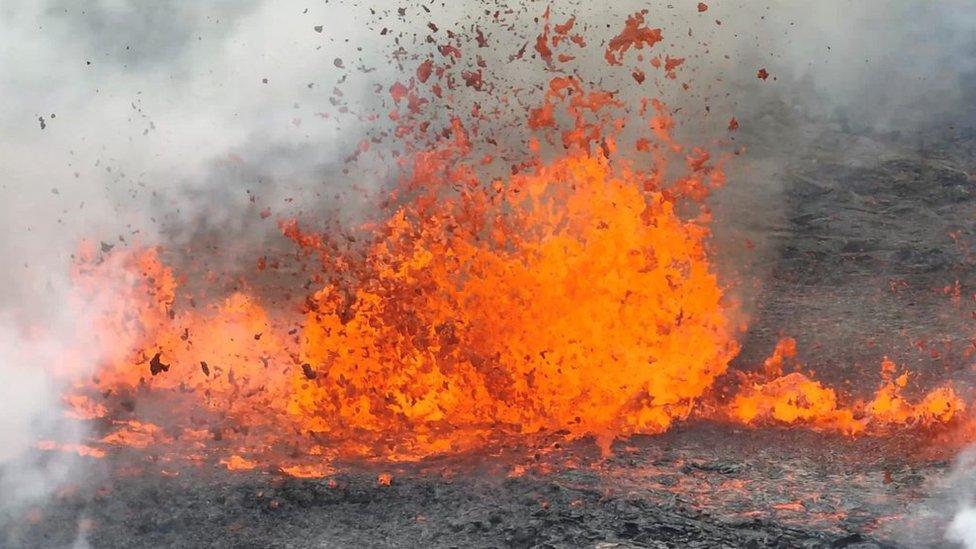
- Published19 March 2021
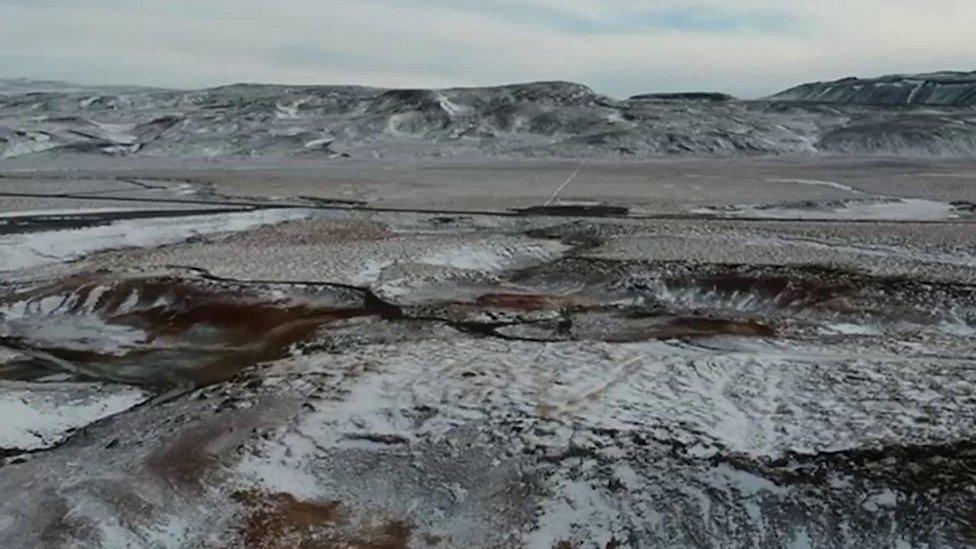
- Published1 May 2024

